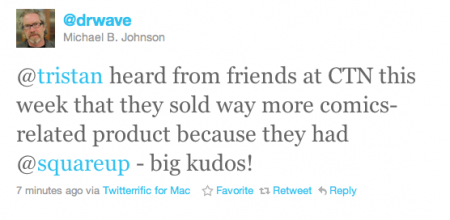From a discussion on LinkedIn:
For 95% of businesses, connectivity isn’t an issue. It never was – they’re not hamstrung by their slow speeds because the services they use are all located out of country anyway. And so I think its better to focus on these 95% – they’re the business owners in retail, in farming, in small manufacturing. They’re happy to limp along on <2Mbps connections. But the body of knowledge in using their Internet connection for more than the purchase supply chain is incredibly poor and laced with difficulty. Difficulties that are, for the most part, caused by the other 5% and the daft idea that every business needs its own web site, it's own e-commerce space and it's own app. These things are quickly becoming commodities. In the recent Innovation Fund, web sites and shops/e-commerce sites are not considered innovative for a reason. A small manufacturer (we often use the almost-pejorative "craft sector") can easily use online platforms such as eBay, Amazon Marketplace or Etsy or Folksy to sell their wares. And for most of the good ones, the problem is not accessing the Internet to sell, it's in meeting the capacity the Internet has created a demand for. Most small retailers already use the Internet in their supply chain because their suppliers demand it. My own business has been using the Internet for supply chain for 10 years now. It was never speed that was the issue, only connectivity. When moving offices meant losing Internet connectivity in the office for a month, that was the big issue in connectivity. And it still is. For the 5%? The digital businesses? Ones who should be better equipped? I can't even begin to describe where we fail them. From the provision of connectivity to the supply of their raw materials (skilled workers). But there is a reason my content servers are in the USA and that comes down to the cost of providing connectivity per sq ft.

